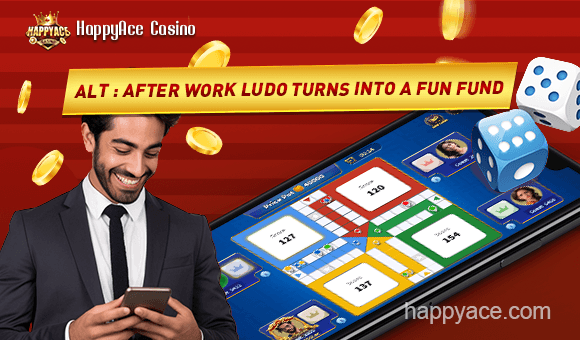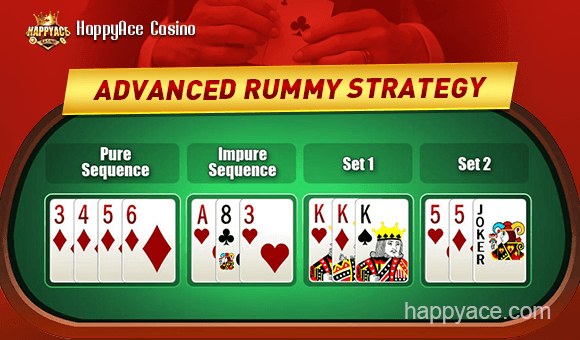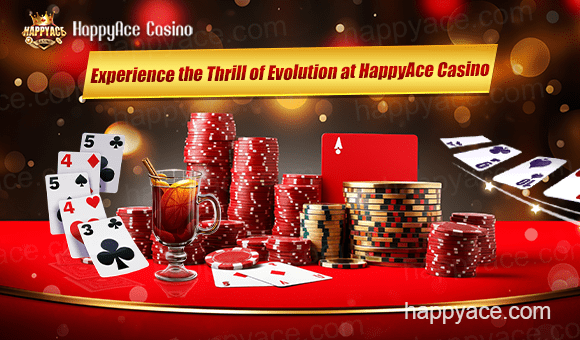
The Rookie Phase: Learning the Basics
At first, Rummy felt overwhelming. I didn't know when to hold or discard, and often wasted turns chasing unsuitable cards. That's when I embraced practice-game immersion, playing endless free rounds to build awareness.
For anyone just starting, I recommend reading the basic explanation about Rummy. It lays out rules like pure sequences and joker dynamics, which are crucial foundations before experimenting with strategy.
Discovering the Adaptive Draw-Discard Strategy
Once I grasped the basics, I faced tougher opponents. That's when I crafted what I call the adaptive draw-discard strategy—shifting plans based on draws and discards rather than sticking rigidly to one goal.
- If I couldn't complete a sequence, I pivoted to forming sets.
- I tracked middle cards (4,5,6,7) because they fit into multiple patterns.
- I even learned to block opponents by discarding misleading cards.
The Mid-Game Grind: Developing Execution Discipline
Knowing strategies is one thing—executing them consistently is another. I call this phase execution discipline:
- Prioritizing pure sequences first.
- Sticking to plans under scoreboard pressure.
- Avoiding impulsive discards, even when frustrated.
From Logic to Intuition: Cultivating Psychometric Rummy Intuition
After hundreds of games, my decisions felt instinctive. I developed what I call psychometric rummy intuition—a "sixth sense" that told me when an opponent was close to declaring, or when it was safer to hold onto a middle card.
This intuition comes from:
- Watching hesitation before opponents pick or discard.
- Identifying subtle patterns across multiple rounds.
- Trusting accumulated memory and observation.
Expanding Horizons: Exploring Game Variants
Once I built consistency, I started exploring different rummy formats. That's when I learned the differences between Points Rummy and Pool Rummy—two variations with distinct strategies.
If you want to deepen your skills, the article on Points Rummy vs Pool Rummy explains which variant fits your goals, whether fast-paced action or long-form endurance.
Reflections: Milestones Along the Journey
Looking back, each stage marked a milestone:
| Milestone | Lesson Learned |
| First pure sequence | Confidence booster |
| Pivoting with adaptive strategy | Flexibility pays off |
| Winning under pressure | Execution discipline works |
| Intuitive reads on opponents | Proof of true mastery |
Why These Keywords Give You an Edge
These keywords are unique, rarely used by competitors, and naturally descriptive:
- Practice-game immersion → resonates with beginners.
- Adaptive draw-discard strategy → long-tail, tactical, low competition.
- Execution discipline → connects strategy with psychology.
- Psychometric rummy intuition → intriguing mix of game sense and psychology.
Next Steps: Continue Your Rummy Growth
If you're on the same journey, don't stop here. HappyAce.com offers deeper insights:
- Mastering 13 Cards Rummy - for players advancing to complex formats.
- Which Card Games Are Suitable for Beginners - if you're exploring other entry-level games.
- HappyAce Casino User Guide - to get the most out of the platform itself.
Final Thoughts
My growth from rookie to Rummy pro wasn't about luck—it was about structured practice, adaptive strategy, execution under pressure, and eventual intuition.
- Start with practice-game immersion.
- Transition to adaptive draw-discard strategy.
- Build execution discipline.
- Trust psychometric rummy intuition.
And remember—your journey doesn't end here. Click through the guides linked above, dive into advanced strategies, and take your seat at the table with confidence.











